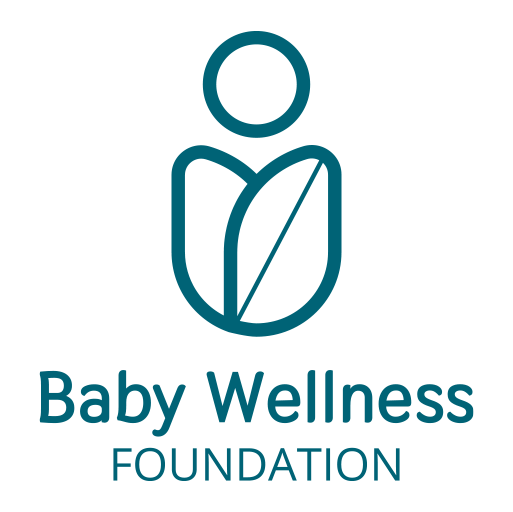Approfondimenti scientifici
Fetal Vulnerability to Pollutants

The fetus shows a marked vulnerability to environmental pollutants due to specific physiological and anatomical characteristics. This susceptibility is linked to several factors: proportionally greater exposure compared to adults, incomplete maturation of detoxification mechanisms, a developing central nervous system, and an immature immune system.
The embryonic-fetal period represents the phase of maximum sensitivity to environmental toxic agents, as organ and biological system development occurs rapidly and delicately. During pregnancy, the mother can transmit numerous contaminants to the fetus through mechanisms such as transplacental passage, accumulation in fetal tissues, and exposure to pollutants introduced through food.
Substances such as tobacco smoke, polychlorinated biphenyls (PCBs), heavy metals (including lead, mercury, and cadmium), pesticides, and volatile organic compounds can cross the placenta and negatively affect fetal growth and neurological development. Even at low doses, these agents can alter cellular differentiation and induce epigenetic changes with long-term consequences.
The fetal brain, extremely sensitive to neurotoxins, can suffer structural and functional damage, compromising key processes such as neurogenesis, myelination, and synapse formation. These damages may increase the risk of cognitive disorders, attention deficits, and behavioral alterations during childhood and adulthood.
Special attention should also be given to endocrine disruptors such as bisphenol A (BPA) and phthalates, which are widely present in plastic containers and processed foods. These compounds can disrupt fetal hormonal balance and compromise the development of the reproductive and metabolic systems, increasing the risk of diseases such as obesity and diabetes in adulthood.
Prenatal exposure to environmental pollutants may also hinder the maturation of the fetal immune system, making the fetus more susceptible to infections, allergies, and autoimmune diseases.
Maternal nutrition represents an important vehicle of contamination.
It is essential to:
- Limit the consumption of fish high in mercury (such as tuna, swordfish, and shark);
- Avoid unpasteurized meat and dairy products, potential sources of Listeria;
- Reduce intake of non-organic fruits and vegetables, often rich in pesticides;
- Pay attention to the quality of drinking water, especially in areas at risk of heavy metal contamination.
Even minimal maternal exposure to toxic substances can have significant and lasting consequences on fetal development. For this reason, preventing exposure to environmental pollutants must be considered an absolute priority to protect neonatal and pediatric health.
Demateis, D., Keller, K. P., Rojas-Rueda, D., Kioumourtzoglou, M.-A., & Wilson, A. (2024). Penalized Distributed Lag Interaction Model: Air pollution, birth weight and neighborhood vulnerability.
Ling, X. (2022). The effect of ambient air pollution on birth outcomes in Norway.
Liu, X., Behrman, J. R., Hannum, E., Wang, F., & Zhao, Q. (2022). Same environment, stratified impacts? Air pollution, extreme temperatures, and birth weight in South China.
Warren, J. L., Chang, H. H., Warren, L. K., Strickland, M. J., Darrow, L. A., & Mulholland, J. A. (2021). Critical window variable selection for mixtures: Estimating the impact of multiple air pollutants on stillbirth.
